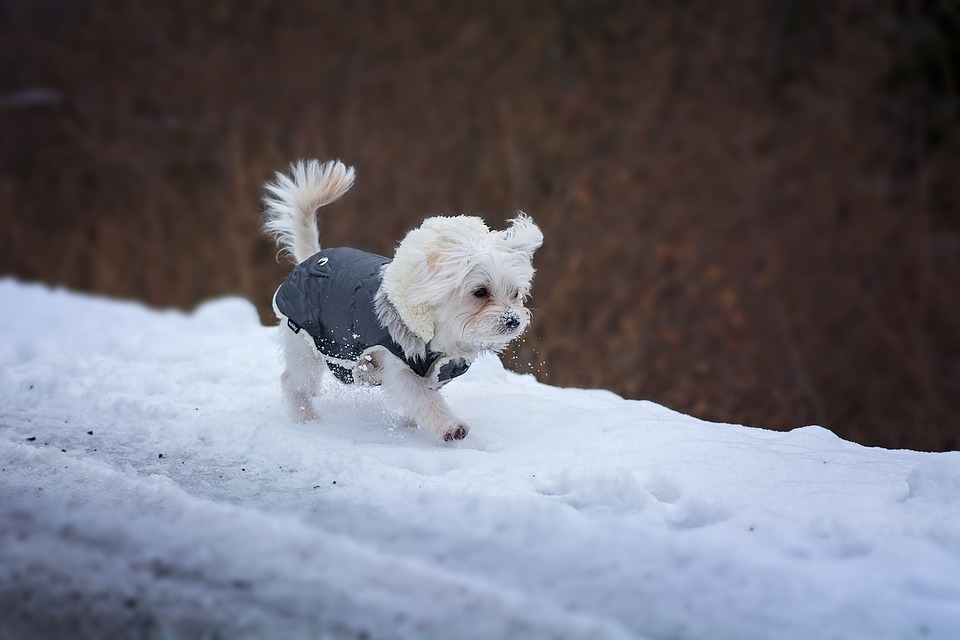Title: A Guide to Properly Socializing Dogs with Other Animals and People
Introduction:
Properly socializing dogs is crucial for their overall well-being and behavior. It helps them become confident, well-mannered, and adaptable to various environments. In this article, we will explore effective techniques for socializing dogs with other animals and people. Additionally, we have included a FAQs section to address common concerns about this important aspect of dog care.
I. Understanding the Importance of Socialization
A. The benefits of socializing dogs
Proper socialization helps dogs develop good behavior, reduces anxiety, and builds their confidence in various situations.
B. The critical period for socialization in puppies
Puppies have a critical period between 3 and 14 weeks of age, during which they are most receptive to new experiences and interactions.
C. The impact of poor socialization on dogs’ behavior
Dogs lacking proper socialization may exhibit fear, aggression, and anxiety in unfamiliar situations, leading to behavior problems.
II. Socializing Dogs with Other Animals
A. Introducing dogs to other dogs
1. Choosing suitable playmates
Consider the size, age, and temperament of the other dog to ensure compatibility.
2. Neutral territory for introductions
Avoid introducing dogs in their home territory to prevent territorial behavior.
3. Supervised, structured play sessions
Monitor the dogs’ interactions and intervene when necessary to prevent any negative behaviors.
B. Introducing dogs to cats
1. Gradual scent exchanges
Allow the dog and cat to become familiar with each other’s scent before direct interactions.
2. Visual introductions
Keep the dog on a leash and allow the cat to approach at its own pace while providing positive reinforcement.
3. Controlled interactions with leashes
Gradually allow the dog and cat to interact under controlled circumstances while using leashes for safety.
C. Introducing dogs to small animals (e.g., rabbits, rodents)
1. Ensuring safety for both pets
Provide secure enclosures for small animals and supervise interactions closely.
2. Controlled exposure and positive reinforcement
Gradually expose the dog to the small animal while rewarding calm behavior and providing positive associations.
3. Professional guidance for specific scenarios
Consult a professional trainer or behaviorist for guidance on introducing dogs to unique small animals.
III. Socializing Dogs with People
A. Socializing dogs with adults
1. Encouraging positive associations
Reward the dog for calm behavior around adults and expose them to various individuals to promote socialization.
2. Exposing dogs to various individuals
Allow the dog to interact with adults of different ages, genders, and appearances to ensure they are comfortable around a diverse range of people.
3. Teaching polite greetings and appropriate behavior
Train the dog to greet people politely, without jumping or excessive excitement.
B. Socializing dogs with children
1. Supervised interactions
Monitor interactions between dogs and children closely to ensure safety for both.
2. Teaching children proper handling and boundaries
Educate children on how to approach and handle dogs gently and respectfully, emphasizing the importance of giving the dog space when needed.
3. Positive reinforcement for calm behavior
Reward the dog for calm and gentle behavior around children to reinforce positive associations.
C. Socializing dogs with strangers
1. Gradual exposure and desensitization
Expose the dog to strangers gradually, starting with distant encounters and gradually decreasing the distance over time.
2. Using positive reinforcement to build trust
Reward the dog for calm behavior around strangers to build trust and positive associations.
3. Professional assistance for severe anxiety or fear
Seek professional help from a trainer or behaviorist if the dog exhibits severe anxiety or fear towards strangers.
FAQs – Frequently Asked Questions
Q1. When should I start socializing my puppy?
It is recommended to start socializing puppies as early as possible, ideally between 3 and 14 weeks of age.
Q2. Can an adult dog be socialized effectively?
Yes, adult dogs can still be socialized effectively, although it may take more time and patience.
Q3. How can I ensure my dog’s safety during introductions?
Always supervise interactions and use leashes or secure enclosures when introducing dogs to other animals.
Q4. What if my dog shows fear or aggression towards other animals or people?
Consult a professional trainer or behaviorist to address fear or aggression issues and develop an appropriate behavior modification plan.
Q5. Is it necessary to hire a professional dog trainer for socialization?
While it is not necessary for all dogs, a professional trainer can provide guidance and expertise, especially in complex socialization scenarios.
Conclusion:
Properly socializing dogs is an essential aspect of responsible pet ownership. By following the techniques outlined in this article and seeking professional guidance when needed, you can ensure that your dog develops into a well-behaved, confident, and sociable companion. Remember, patience, positive reinforcement, and gradual exposure are key to successful socialization.









